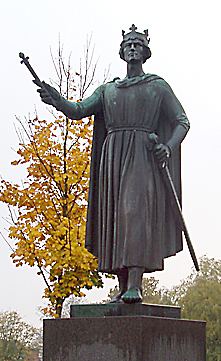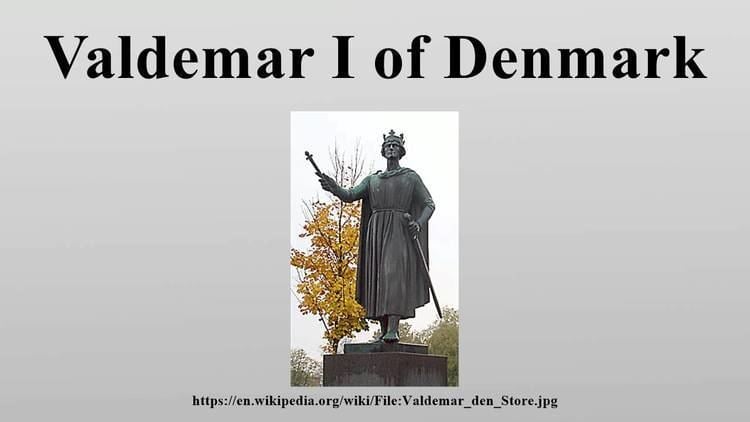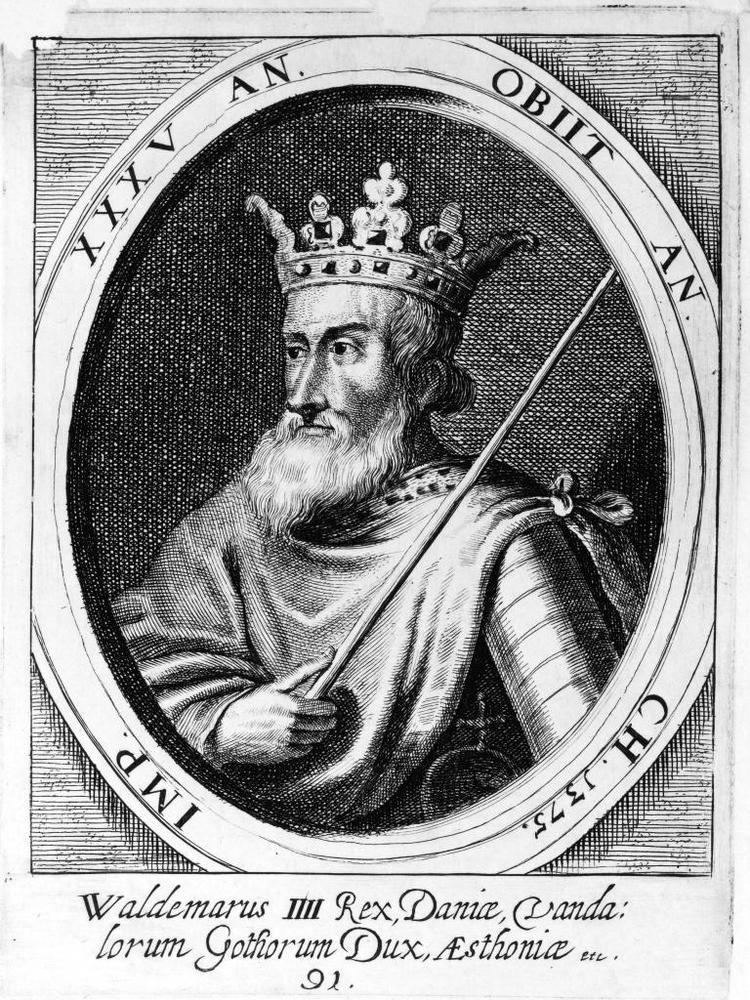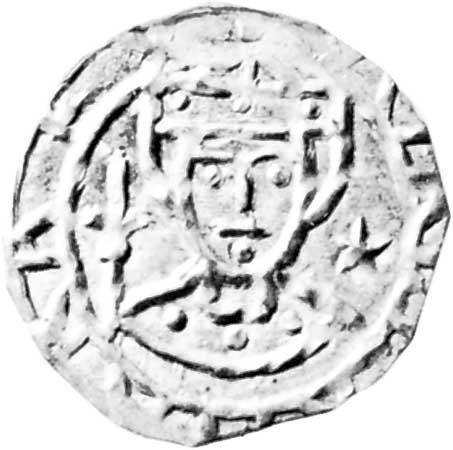Reign 1146– 17 November 1182 Predecessor Magnus Predecessor Sweyn III Successor Christopher | Successor Canute VI Name Valdemar of Reign 1152–1154 | |
 | ||
Valdemar I of Denmark
Valdemar I of Denmark (14 January 1131 – 12 May 1182), also known as Valdemar the Great (Danish: Valdemar den Store), was King of Denmark from 1146 until his death in 1182.
Contents

Biography

He was the son of Canute Lavard, a chivalrous and popular Danish prince, who was the eldest son of Eric I of Denmark. Valdemar's father was murdered by Magnus the Strong days before the birth of Valdemar; his mother, Ingeborg of Kiev, daughter of Mstislav I of Kiev and Christina Ingesdotter of Sweden, named him after her grandfather, Vladimir Monomakh of Kiev.

As an heir to the throne, and with his rivals quickly gaining power, he was raised in the court of Asser Rig of Fjenneslev, together with Asser's sons, Absalon and Esbern Snare, who would become his trusted friends and ministers.
In 1146, when Valdemar was fifteen years old, King Erik III Lamb abdicated and a civil war erupted. The pretenders to the throne were: Sweyn III Grathe, son of Eric II Emune, son of Eric I. Canute V, son of Magnus the Strong who was the son of King Niels, who was the brother of Erik I. Valdemar himself held Jutland, at least Schleswig, as his possession. The civil war lasted the better part of ten years.
In 1157, the three agreed to divide the country in three among themselves. Sweyn hosted a great banquet for Canute, Absalon, and Valdemar during which he planned to dispose of all of them. Canute was killed, but Absalon and Valdemar escaped. Valdemar returned to Jutland. Sweyn quickly launched an invasion, only to be defeated by Valdemar in the Battle of Grathe Heath on 23 October 1157. He was killed during flight, supposedly by a group of peasants who stumbled upon him as he was fleeing from the battlefield. Valdemar, having outlived all his rival pretenders, became the sole King of Denmark.
In 1158 Absalon was elected Bishop of Roskilde, and Valdemar made him his chief friend and advisor. He reorganized and rebuilt war-torn Denmark. At Absalon's instigation he declared war upon the Wends who were raiding the Danish coasts. They inhabited Pomerania and the island of Rügen in the Baltic Sea. In 1168 the Wendish capital, Arkona, was taken, and the Wends became Christians and subject to Danish suzerainty. Danish influence reached into Pomerania.
Valdemar's reign saw the rise of Denmark, which reached its zenith under his second son Valdemar II.
Issue
Valdemar married Sophia of Minsk (c. 1141–1198), half-sister of Canute V of Denmark and daughter of Richeza of Poland, dowager queen of Sweden, from her marriage with Volodar of Minsk (Vladimir or Volodar Glebovich of the Rurikids, died 1167), ruling Prince of Minsk, and they had the following children:
His widow Sophia married then Louis III, Landgrave of Thuringia.
Illegitimate with Tove:
